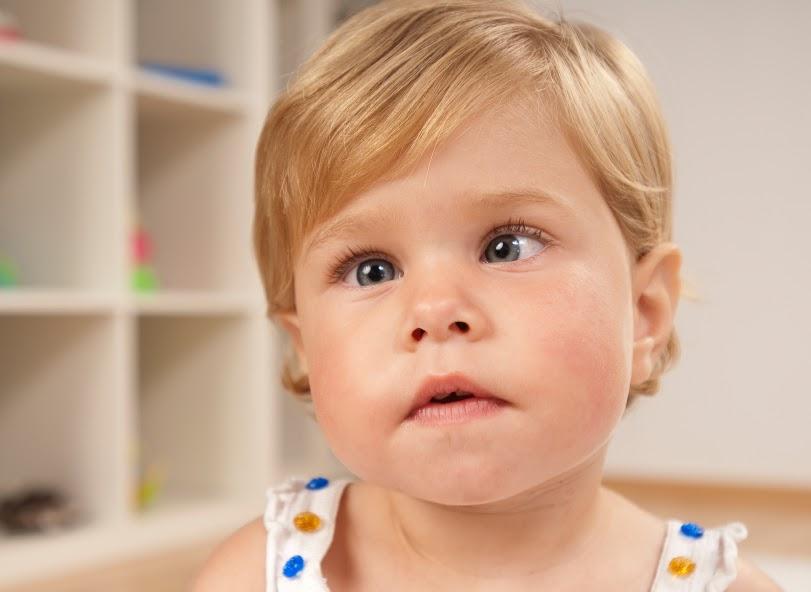Vision is one of the most important senses in a person. Without it, a person’s quality of life and ability to do even minor tasks can be seriously affected. It can be particularly devastating to children as it can affect their overall growth. Amblyopia is the primary cause of monocular vision loss that affects children. Recognizing it while it is in its early stages and giving it the necessary treatment with the help of an eye specialist is crucial to sustaining eyesight.
What is amblyopia?
It is also known as lazy eye and is a condition in which the vision of a person’s eye doesn’t develop properly, therefore causing blurriness. It usually affects one eye and rarely both. Prevalence of the condition can vary, but studies have shown that 1 in 20 children can have it.
Until the age of eight, a child’s eye forms important connections with the brain. If any blockage or blurriness impairs vision in the eyes, it can slow this down and sometimes prevent the links entirely. If this happens, the brain may be unable to recognize and interpret the images seen by the eyes. Thus it will begin to ignore them, even if the eye is otherwise healthy and functioning normally. This leads to that eye weakening even further and losing acuity (vision strength).
Early detection is crucial so an eye doctor can begin treatment quickly. If it is delayed, there is a high possibility that the brain may shut down the vision to the weak eye, thereby resulting in permanent loss of sight. Treatment for this condition can improve the way the eye and brain work together and increase vision.
What are the symptoms of amblyopia?
The condition begins during childhood; therefore, to correct the issue entirely, early detection of symptoms before the age of seven is essential.
An eye that moves inward or outward on its own
Usually, a person’s eyes move simultaneously when seeing objects. If an eye moves elsewhere, then it could be a symptom of this condition. The child would not realize this is happening because the brain favors the healthy eye for vision. However, it can be observed by others around the child.
Poor perception of depth.
To perceive depth properly, a person needs both eyes to function properly. If the brain ignores the vision of one eye, then a person will have difficulty gauging depth. Children may have trouble catching balls and walking down staircases. They will also trip or fall frequently, in addition to being generally clumsy with things and bumping into objects in their environment.
Squinting or shutting an eye
Before the brain ignores vision from an eye, a child may squint or shut the weak eye to see more clearly.
Tilting their head
To compensate for the weak vision, children may tilt their head to observe their environment through the healthier eye.
As soon as parents detect the above symptoms, they need to approach an eye clinic to test their children’s vision. A comprehensive eye examination and special tests can help a specialist diagnose the condition and begin necessary treatment.
